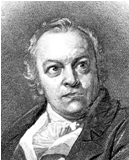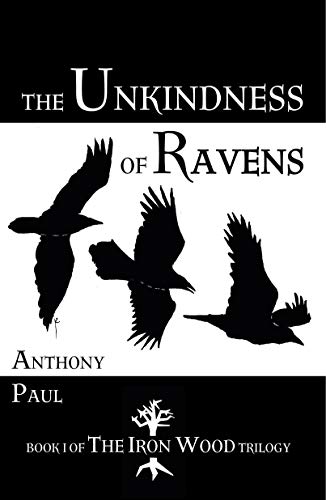Songs of Innocence and Experience by William Blake
Page 5 of 18 - 1 2 3 4 5 6 7 8 9 10 11 12 13 14 15 16 17 18 Purchase full notes for £5.95 (aprox $9.28)
The poem begins with music, progresses to song and ends with the written word. This, in itself, is a kind of movement from innocence to experience, as the initial, inchoate expression of joy and happiness is first expressed in the semantics of a song and then made permanent in the artefact of Blake’s book. The joy of the piper is expressed by the repetition of words dependent upon ‘pipe-’ of which there are ten, mainly clustered in the first two stanzas. This word has an onomatopoeic quality, so that the reader can almost hear the joyful tune. Repeating the tune deepens the experience, as the child, who first was ‘laughing’ is now described as weeping ‘to hear.’ Once the joy is expressed in the words of a song, the child ‘wept with joy to hear,’ which is an unusual thought, implying the pure wonder of the innocent world, but also perhaps the pain of experience, its contrary. Blake, in translating the joy of innocence, tries to preserve the initial inspiration of joyous nature (‘Piping down the valleys wild’) when he plucks a ‘hollow reed.’ Reeds are used in pipes to make music, but this one makes a ‘rural pen’ (again, everything is kept as simple and natural as possible). It is necessary to stain ‘the water clear,’ and thus the very writing of the Songs of Innocence implies an experienced perspective.
The child is clearly a divine child or a child of the imagination, closely related to that seen in the shepherd-piper illustration. The instructions given to Blake – especially ‘Piper sit thee down and write/In a book that all may read’ – are reminiscent of the calling of prophets such as Jeremiah in the Bible. The instruction to ‘Pipe a song about a Lamb’ also has biblical resonances, of Christ as the Lamb of God. Although this term originally had implications of sacrifice, in Blake’s innocent vision it implies the incarnation: God and man are one, God and Nature are one, and all is right in the world. If the Lamb of sacrifice is considered, this line takes us into the ever-present world of experience.
The Ecchoing Green
The oak tree in the middle of the village green symbolises all the security of Merry Old England, as well as idealised family and community life. The families sit on a circular bench around the tree trunk; the canopy (which must be huge) shelters and protects the whole group. Images of maternal care for infants are combined with pictures of exuberant and innocent play. Blake’s ubiquitous vine stocks, however, are bearing fruit in this illustration, and the children are beginning to pluck the fruits of experience. An adolescent young man offers grapes to a girl whose hat suggests a halo and who is turning back from the direction indicated by the white-haired male (presumably ‘Old John’). The children are being ushered left (off to bed and back to innocence) as the sun is going down.

